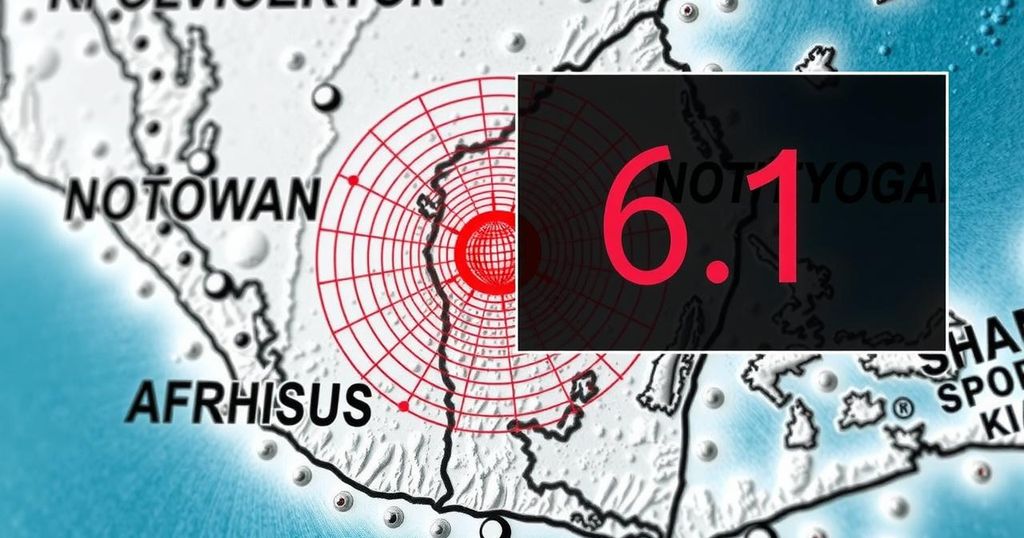Seismic Events: A 6.1 Magnitude Earthquake Strikes Chile Following Recent Activity

On January 2, a 6.1-magnitude earthquake struck Chile, following several recent seismic events including a 4.7-magnitude quake in California and a 6.7-magnitude tremor on the Kuril Islands. These occurrences reflect ongoing tectonic activity monitored by the USGS and raise awareness about earthquake preparedness and safety measures in impacted regions.
A 6.1-magnitude earthquake was observed in Chile on Thursday, January 2, as reported by the United States Geological Survey (USGS). This seismic event originated in Calama, recorded at a depth of 99 kilometers (approximately 61.5 miles), with 25 individuals reporting sensations of the quake at the time of the publication.
Notably, this earthquake followed a 4.7-magnitude tremor in California on Wednesday, January 1, centered in Cobb and occurring at a depth of 1.1 kilometers (about 0.7 miles). This Californian event was preceded by a 3.3-magnitude quake in Alaska on Monday, December 30, centered in Nikolski at a depth of 39.5 kilometers (approximately 25 miles).
Further, the Alaska earthquake followed a 3.3-magnitude quake in California, which occurred on the same Monday near Fort Bidwell and registered at a depth of 3.4 kilometers (around 2.1 miles). Earlier, a significant 6.7-magnitude earthquake was reported on the Kuril Islands on December 27, with its epicenter lying at a depth of 162.6 kilometers (about 101 miles).
Subsequently, this event was recorded just hours after a 3.6-magnitude earthquake in Alaska on December 26, located in McCarthy and at a depth of 8.1 kilometers (around five miles). The Alaska quake itself was preceded by a 3.0-magnitude earthquake in California on December 25, centered in Clayton at 13.2 kilometers (approximately 8.2 miles).
Finally, it is essential to note that the Californian quake occurred two days subsequent to a 5.9-magnitude earthquake in Cuba on December 23, located in Guisa at a depth of 22.2 kilometers (about 13.8 miles).
The topic of seismic activity reflects the natural movements of the Earth’s tectonic plates, which can result in earthquakes of varying magnitudes. Monitoring these events is crucial for understanding geological processes and mitigating risks associated with earthquakes. The United States Geological Survey plays a pivotal role in reporting and analyzing seismic activity, providing vital information to the public and officials in affected regions. Given the recent occurrences across countries, it highlights a period of heightened seismic activity.
In summary, the recent series of earthquakes across various locations—including a notable 6.1-magnitude tremor in Chile—illustrates the ongoing seismicity observed by USGS. This sequence of events, spreading from California to Cuba, emphasizes the importance of earthquake preparedness and monitoring in regions vulnerable to such natural phenomena. The progression of seismic activity warrants continued attention from both scientists and local authorities.
Original Source: patriotla.iheart.com








